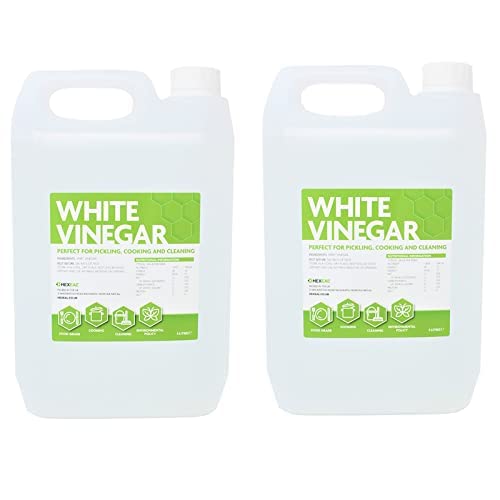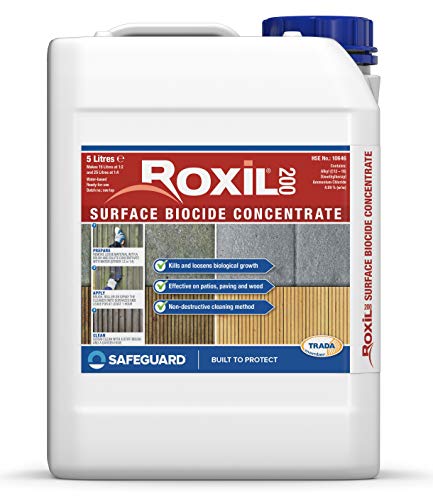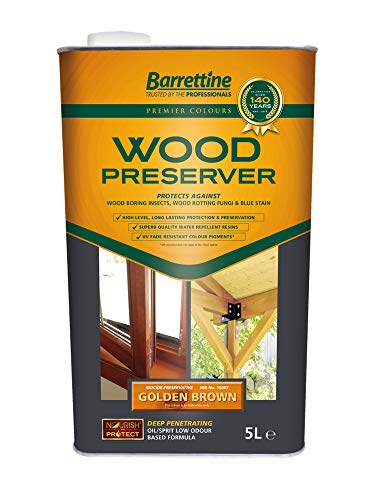How to clean green off fences – restore your fence to its former glory with these expert-recommended tips
Restore your fence in time for summer
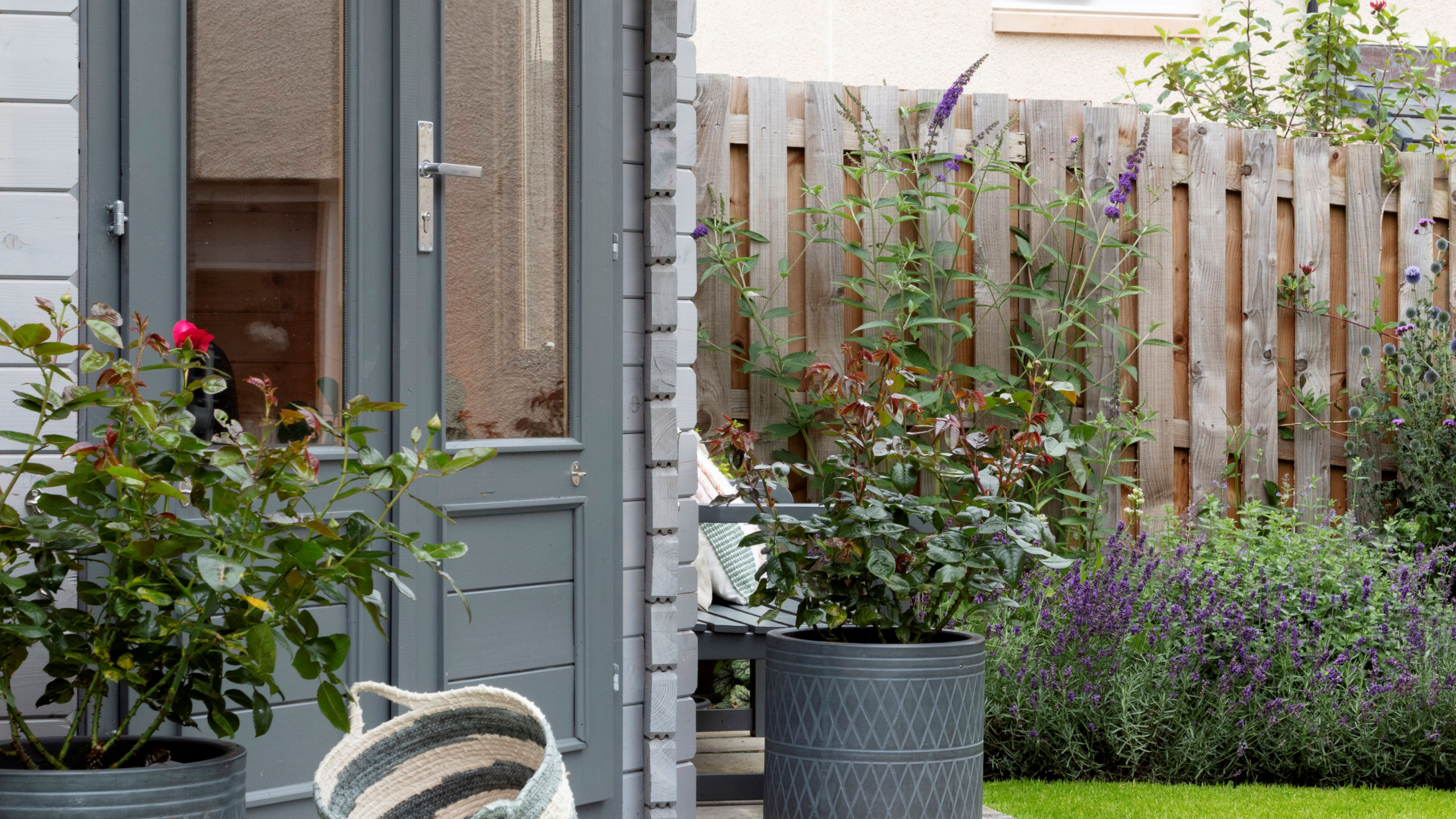

There's no worse eyesore than your fences turning green as a result of algae build-up, so knowing how to clean green off a fence is extremely important to keep your fencing in tip-top shape.
Paying mind to your garden fence ideas is probably never as in demand as during spring and summer. Wooden fences are pretty much the standard for what borders our gardens, however, as with any natural material, it's not entirely prone to the effects of the outdoors.
While some people would rather opt to hide an ugly fence, if you're set on restoring your fence to its former glory, dealing with those green marks is the first step.
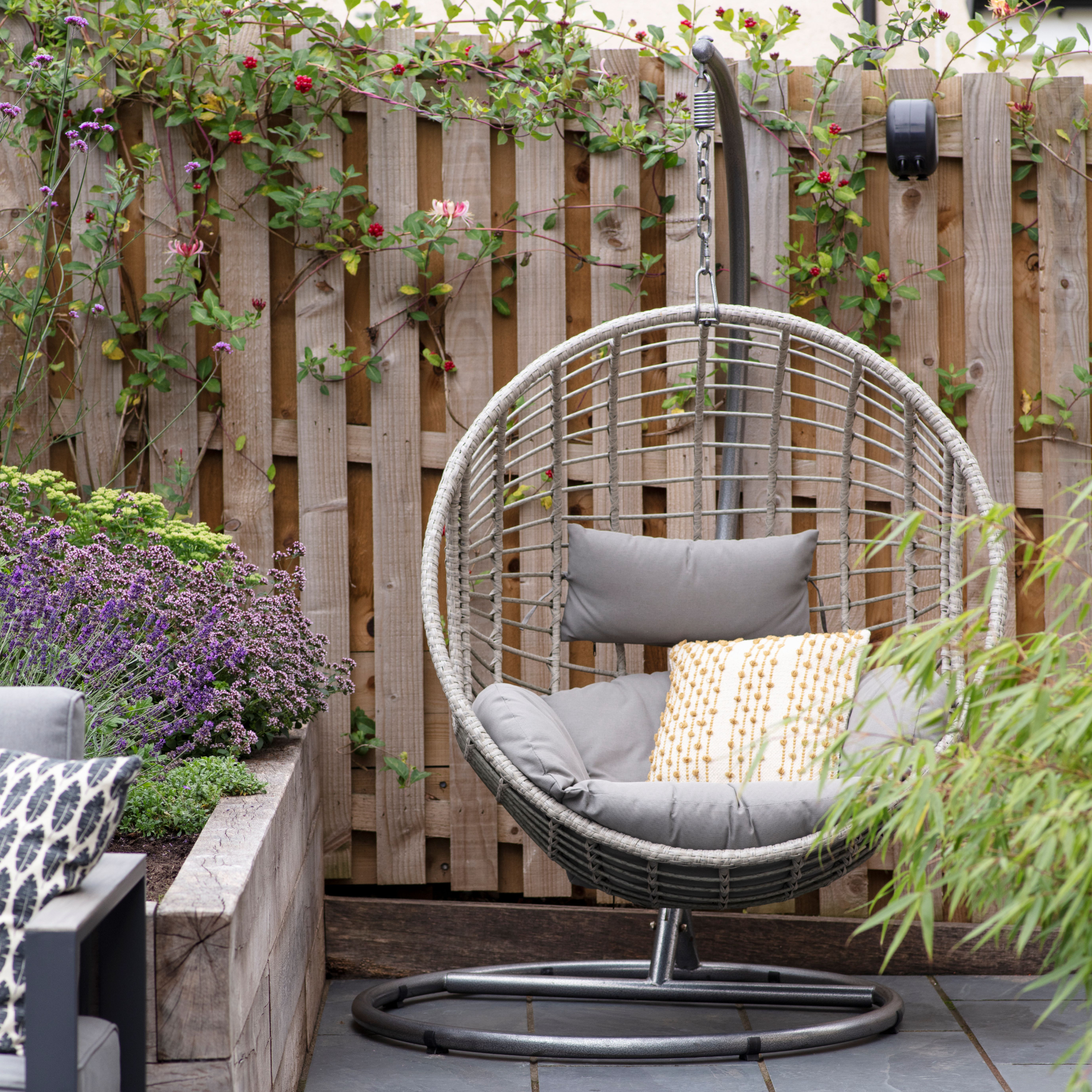
How to clean green off fence
'If you notice green algae on your fence it is important to remove it as soon as possible as the prolonged moisture can result in wood rot,' says Tom Clifford, garden design expert at Gardenstone. 'Wood rot can be very damaging and may result in the need to replace your fence, this is both costly and completely avoidable if you maintain on top of algae removal.'
That said, treating the problem quickly is crucial and can be done by either opting for natural methods or using a dedicated, non-disruptive wood cleaner.
If you require some guidance, here are the best methods to safely clean green off a fence, as recommended by garden maintenance and cleaning experts.
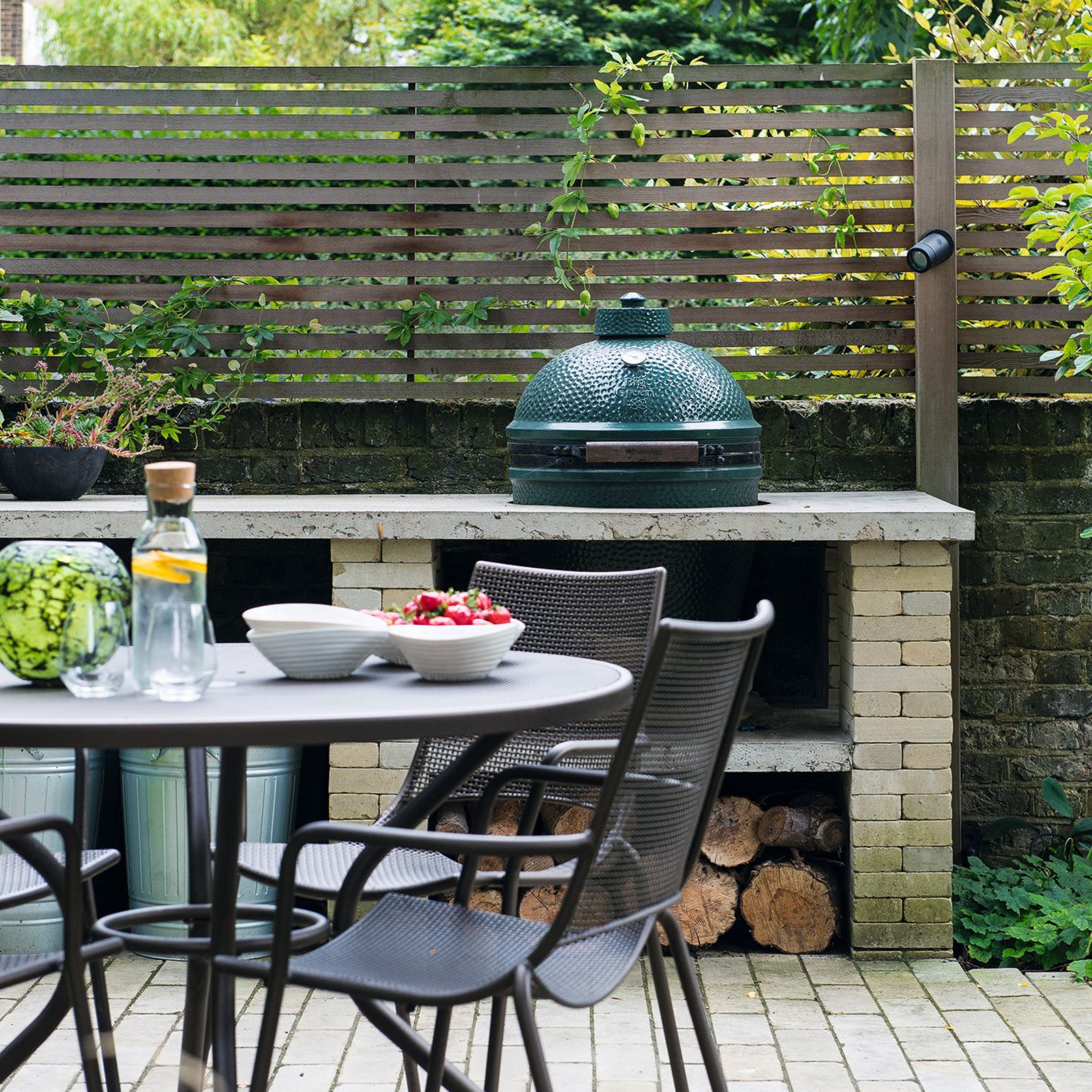
1. Avoid bleach or pressure washers
First things first, while it can be very tempting to consider bringing out your best pressure washer for the job, you must refrain from doing so.
While you can use a pressure washer on a patio and garden furniture, but take it from us now that using it to clean green off a fence is a huge no-no and is one of the things you should never clean with a pressure washer. The same goes for using strong chemicals like bleach to clean a fence.
'Whatever you do, avoid using bleach or pressure washers. They can strip away paint or wood treatment, leading to costly repairs,' warns Murray. 'Instead, opt for gentle yet efficient approaches that harness the power of natural ingredients.'

2. Use natural methods
'Natural methods offer a safe and effective solution without risking damage to your fence's paint or wood treatment,' assures Murray Michel, garden maintenance and technical expert at Clear Amber.
If you're familiar with cleaning with white vinegar around the home, you'll be happy to know that you can use this natural method to clean green off a fence. Simply mix equal parts white vinegar and water to create a potent yet safe cleaning solution and scrub away at the affected areas.
Alternatively, you can also use baking soda, lemon juice, and hydrogen peroxide to help you tackle green algae growth.
3. Or, opt for a wood cleaner
If you'd rather just buy a dedicated product, opting for a soft, non-destructive wood cleaner will also be effective in getting the job done.
Before using a cleaner, Hudson Lambert, Roxil's garden and cleaning expert advises you first use a stiff wooden brush to brush away any loose debris from the area and then apply the cleaner with a spray or wire brush either neat or diluted depending on the surface area.
'Leave for between 1 to 24 hours to kill and loosen biological growth and dirt, washing away with a hose afterwards,' adds Hudson.
4. Finish off with a protectant
Irrespective of whether you've opted to use natural methods or a wood cleaner, it stands that prevention is still better than cure so finishing off with a wood protectant is key.
'To prevent the algae from returning and to ensure your fence looks its best for years to come, proper protection is essential,' advises Steven Bailey, managing director at Barrettine.
If your fencing is a little older or requires a higher level of protection, Steven recommends opting for a wood preserver. 'This product protects your timber fencing from fungi, such as wet rot, and wood-boring insects.'
FAQs
Why has my fence gone green?
'Over the winter and spring months, your garden fence will inevitably show some form of biological growth, such as algae, mould and black spot lichen,' explains Hudson Lambert at Roxil.
'These require moisture to grow, and once they do, they take root in the pores of the patio flags or wood grain of the decking and shed, making it very difficult to remove easily if they haven't been treated beforehand.'
'This is why it's important to clean and protect your wooden fence to remove existing biological growth effectively and prevent further growth.'
Can I just paint over green algae on a fence?
Green algae must be properly removed and cared for before attempting to paint a fence.
'That green film on your fence is more than just an eyesore – algae build-up can trap moisture in your wooden fencing, accelerating deterioration,' explains Steven Bailey at Barrettine.
While it's possible to paint over green algae, you're essentially just going to make the problem even worse – and it won't last very long before it starts to turn back to its once-weathered state.
By following these expert-led tips, you can effectively clean your fence, restore its natural beauty, and ensure that it stays in the best condition for many more years to come.
Get the Ideal Home Newsletter
Sign up to our newsletter for style and decor inspiration, house makeovers, project advice and more.

Jullia was Ideal Home’s Junior Writer from 2022-2024 and the Ideal Home Certified Expert in Training on Vacuums having spent over 60 hours testing different models. She’s always loved all things homes and interiors, graduating with a bachelor’s degree in Architectural Studies from the University of Nottingham where her love for writing blossomed following her internship at ArchDaily. Now focused on home tech and cleaning, Jullia works on writing features and explainers to help people make the most of their home appliance investments, putting the newest launches through their paces. When she isn’t writing, she loves exploring the city, coffee shop hopping, and losing hours to a cosy game or book.
-
 I’ve been looking for a new signature scent for my home and The White Company's new fragrance is the exact summer holiday smell I needed
I’ve been looking for a new signature scent for my home and The White Company's new fragrance is the exact summer holiday smell I neededSantorini smells fresh, summery and sophisticated
By Kezia Reynolds
-
 How to remove algae from garden walls in five steps – and the cleaning product experts rave about for tackling it fast
How to remove algae from garden walls in five steps – and the cleaning product experts rave about for tackling it fastExperts share their top tips for getting garden walls algae-free
By Katie Sims
-
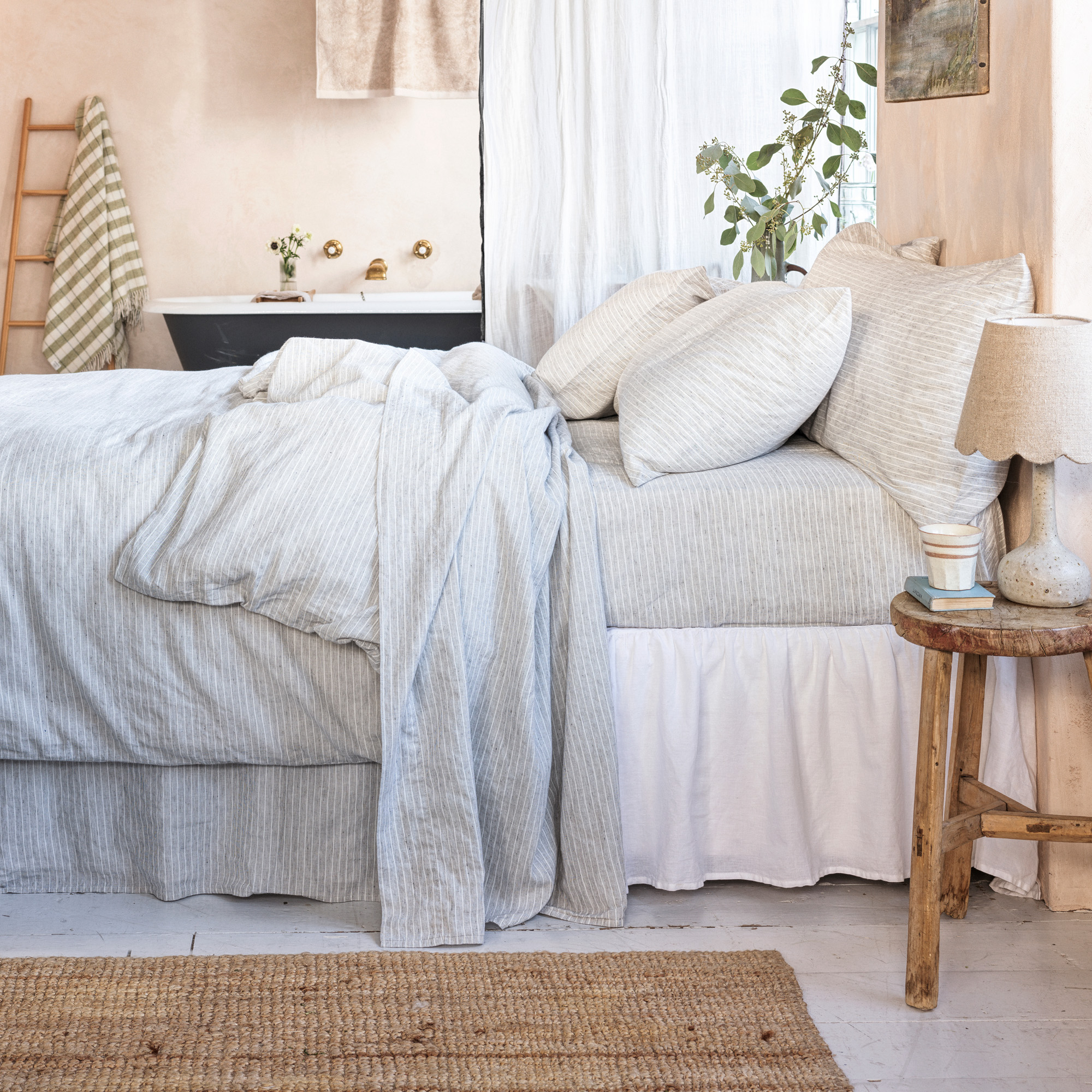 I swore I would never choose a flat sheet over a fitted sheet – but this advice from a bedding expert just changed my mind
I swore I would never choose a flat sheet over a fitted sheet – but this advice from a bedding expert just changed my mindWhy I'm now a 'flat sheet' convert
By Amy Lockwood
